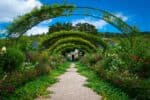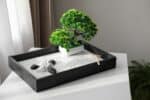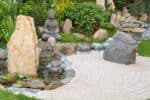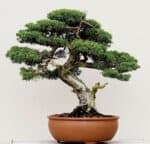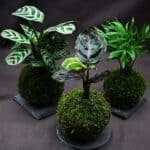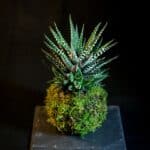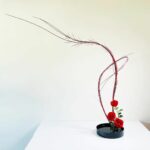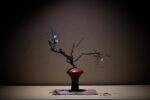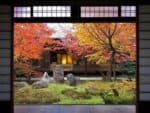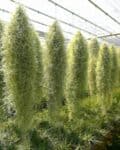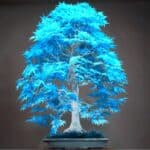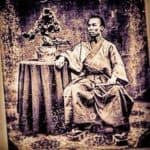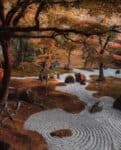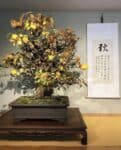You may have seen bonsai in popular franchises such as The Karate Kid and Cobra Kai and now you’re wondering who invented Bonsai.
Although it is unknown who exactly invented Bonsai, Bonsai originated from a Chinese art known as penjing or penzai. Penjing were brought over to Japan in the sixth century by Buddhist students and imperial embassy personnel.
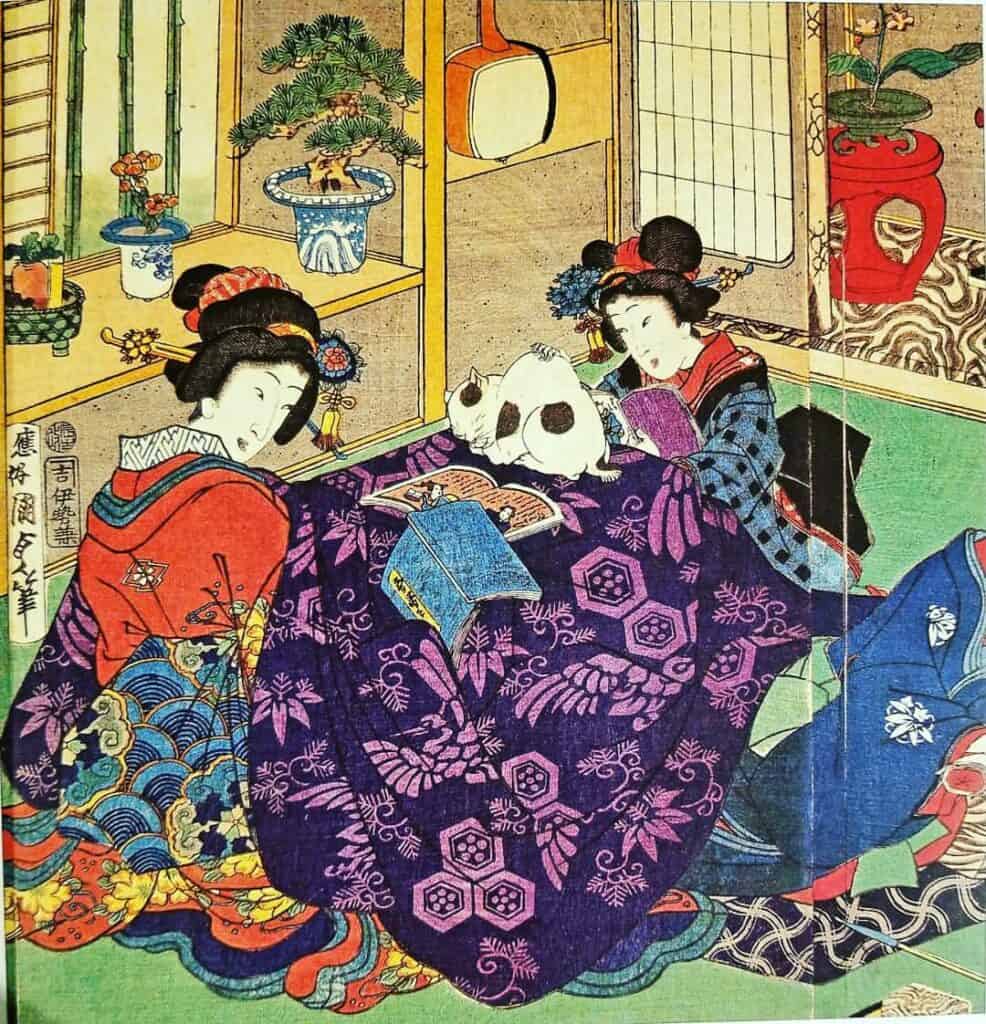

Bonsai is the Japanese word for tray planting and its name was first coined in Asakusa Park, Tokyo.
As with many fascinating parts of Japanese culture, the art of bonsai has a deep history that dates back centuries. It was practiced all over the country from military shoguns to the ordinary peasant folk. Kyoto, the capital city of the time, even had a show for traditional pine dwarf potted trees that were held annually.
Who Were the First People To Make Bonsai?
Sadly, who created the first bonsai (or penjing, as it is known in China) is a mystery. However there have been numerous uncovered depictions so we do have some idea of the kind of people making them. It goes back centuries and involves Taoism and a prince!
The first known written depictions of Penjing dates back to the Tang dynasty (618 to 907). Information from this period refers to an already somewhat developed craft to do with making dwarfed tree landscapes. So we know that whoever is responsible for bonsai had started this enduring art form before the Tang Dynasty.
The texts that we know of refer to legends of daoist persons who were said to have the power to shrink whole landscapes down to small vessel size. Although there is no mention made of where the art form originated, whether that be from within China or from abroad.
The tomb of Prince Zhang Huai was excavated in 1972 and the earliest known graphic depiction of penjing was uncovered. The tomb dates back all the way to the year 706 and depicts a person holding a miniature landscape.
The oldest living bonsai is thought to be 500 years old, and was being trained as early as 1610. This bonsai was cared for by Tokugawa Iemitsu (1604-1651), the third shōgun of the Tokugawa dynasty.
Interested to know more about Bonsai trees? Read more here :
– Are Bonsai Apples Edible?
– Are Blue Bonsai Trees Real?
– Why Do Bonsai Leaves Turn Yellow?
– Are Bonsai Indoor Or Outdoor Plants?
Who Introduced Bonsai to Japan?
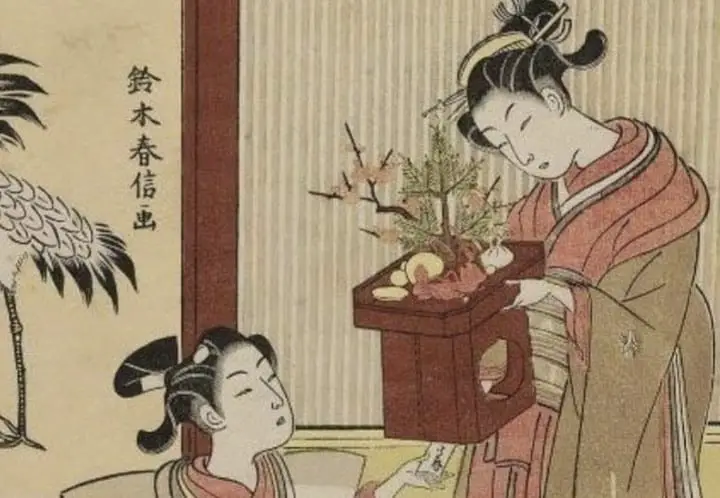
Penjing, chinese miniature landscapes, were brought over to Japan in the sixth century by Buddhist students and imperial embassy personnel. The miniatures that were brought over were dry landscapes, usually without any living matter. These tray landscapes are known as bonkei in Japan and would serve as the basis for what would grow into bonsai.
It turned out that Japan had the perfect condition for these miniature trees to flourish. From its rich soil to the dedication and patience of artists willing to work on the trees for hours at a time.
At its earliest, bonsai was something that was reserved for only the wealthiest people. The trees would be held in high esteem amongst members of the aristocracy and owning a bonsai became a way to show off your wealth. At first, bonsai trees would be displayed in outdoor gardens and over the years, they were moved inside the home as well.
During this time, bonsai trees were more or less just decorative items. The art of training, growing, and pruning the trees to make them more aesthetically pleasing hadn’t started yet
Japan inherited many cultural ideas from China that were implemented in Japanese court life. Penjing in Japan would keep its Chinese influence for many centuries to come. The art form adopted its first Japanese identity by the fourteenth century when it became known as hachi-no-ki which translates to “tree in pot.”
A major difference between the two is that hachi-no-ki would make use of a deep pot, where bonsai would use a shallow pot. It would still be several hundred years until the term bonsai is first used.
How Did Bonsai Become the Most Popular Name?
The term for creating these miniature trees and small landscapes has undergone many different names. From penjing, to hachi-no-ki, to bonsai. So why is bonsai the term we use?
Bonsai is the japanese pronunciation of this penzai, which is another term for penjing. It was first referred to as bonsai in the eighteenth century but it would still be another century before the term was broadly used.
While undoubtedly China played a pivotal role in the development of the art form, it would be Japan that introduced it to the rest of the world. Expositions started to display bonsai during the late nineteenth century. The first of these was held in Philadelphia in 1876, before spreading to Europe at expositions held in Paris, London, and Vienna.
A surge in popularity occurred in the 1950s as bonsai had a significant impact on the American soldiers and civilians stationed in Japan. This led to a rapid growth for bonsai in the United States. Bonsai was now enjoyed across the word and bonsai became the enduring term the art is known by.
Bonsai in Western Culture
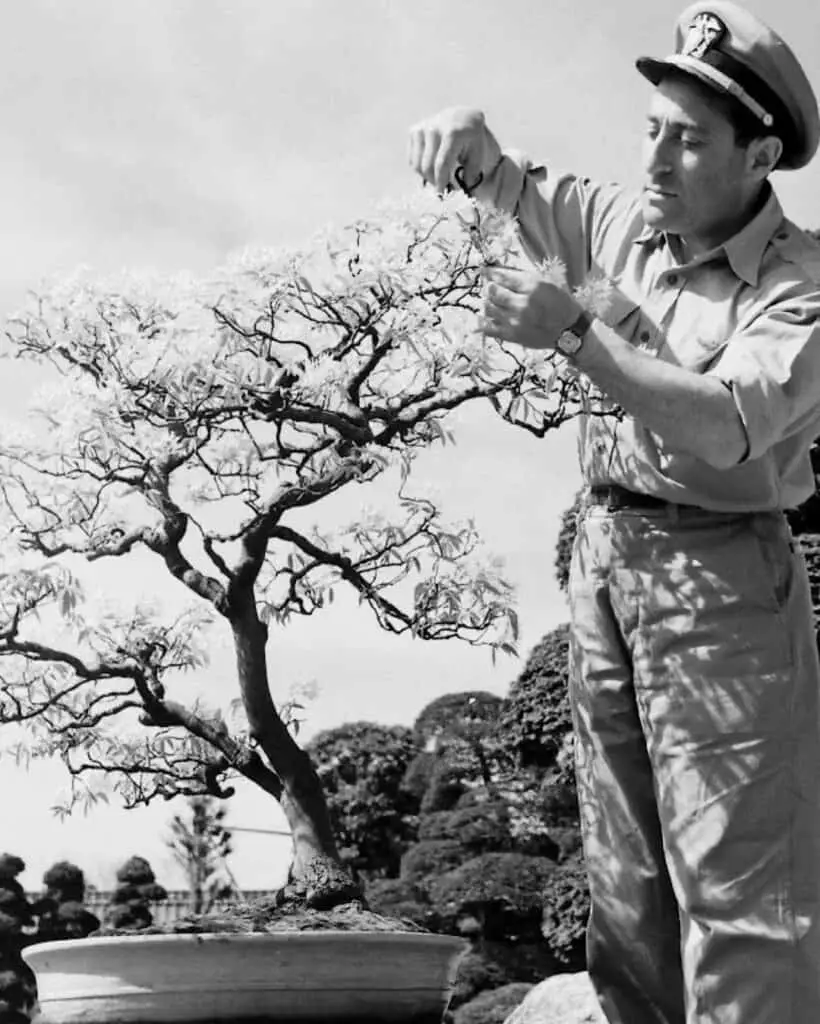
Bonsai’s history with the west can be dated back to the seventeenth century when german physician Engelbert Kaempfer moved to Japan. He would go on to write a book called “The History of Japan” which is still a respected source on Japanese culture today. In his book, he would discuss bonsai and the values placed on old or crooked trees.
In 1806 Queen Charlotte was given a bonsai which helped to raise their profile in Great Britain and Europe. It was during the Meiji Restoration in 1868 that the Meiji Emperor encouraged interest in bonsai among his government and staff. A lover of the art the Emperor would display Bonsai both inside and outside his palace.
Japan opened up to the world following the Meiji Restoration, which meant that foreign dignitaries would be exposed to Bonsai during state visits. With the western world now fascinated with Bonsai, expositions started to display them during the late nineteenth century. The first of these was held in Philadelphia in 1876, before spreading to Europe at expositions held in Paris, London, and Vienna.
Similar to many traditions in Japan, bonsai can trace its history back centuries. Just like dry landscape gardens, it was brought to Japan through China by Buddhist monks. Bonsai have endured time and are still a popular method of connecting with nature and meditation.
Bonsai trees may have existed over 1500 years ago but they are still widely used today. If you’re considering giving it a go then you will have centuries of tradition to help you succeed.

